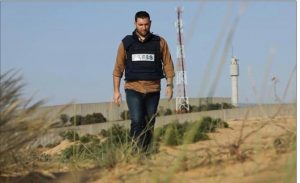The Wounded Knee Massacre took place on December 29, 1890,
when the soldiers of the United States Army slaughtered approximately 150 to 300
people.
The massacre that took place 132 years ago is also known as
the Battle of Wounded Knee. The United States Army killed nearly 300 Lakota
Indians in Wounded Knee Creek in southwestern South Dakota.
Also read | Who is Lily Ebert? Auschwitz survivor celebrates 99th birthday
The 7th Cavalry Regiment of the States conducted
the massacre. The Lakota men, women, and children who were killed in the
massacre were left in the freezing plain of the Pine Ridge Indian Reservation. The
ones who managed to survive were taken to the Episcopal mission.
The United States soldiers were also awarded the Medal of Honor
for killing the Lakota Indians.
Also read | Military: 3 Pakistani soldiers, 2 militants killed in raid
Wovoka or Jack Wilson was the one to encourage the native Americans
to perform the Ghost Dance and leave the reservations. He was the Paiute
religious head who found the second episode of the spiritual movement, the
Ghost Dance Movement. He wanted the native Americans to leave the reservations to
regain their earlier way of living.
The government of the United States was seizing the lands of
the Lakota for years before the massacre took place.
Also read | Brazil police arrest 4 linked to pro-Bolsonaro protests
Big Foot, the chief of Lakota Sioux chief feared that the Ghost
Dancers weren’t safe from the United States Army, so they decided to leave
their area but were captured by the 7th Cavalry of the US Army on
December 29, 1890, near the Wounded Knee Creek. The group of Ghost Dancers had
to surrender themselves to the US Army which resulted in a fight. While the
fight was going on, a gunshot was fired as a result of which, a brutal massacre
took by the US soldiers.
This Wounded Knee massacre was American Indian war’s last battle.
Also read | Nepal, India conclude two-week long joint military training exercise ‘Surya Kiran’
An American novelist Dee Brown in his book Bury My Heart at
Wounded Knee wrote, “It was the
fourth day after Christmas in the Year of our Lord 1890, when the first torn
and bleeding bodies were carried into the candlelit church, those who were
conscious could see Christmas greenery hanging from the open rafters across the
chancel front above the pulpit was strung a crudely lettered banner: Peace on
Earth, Good Will to Men.”







